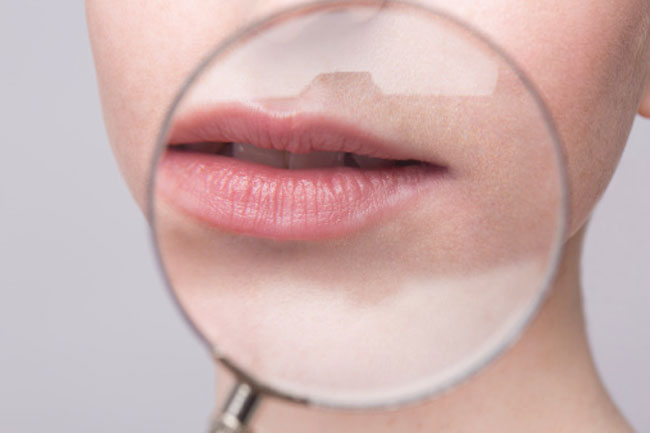

If your baby needs ventilation, the healthcare team will do everything they can to reduce the risk of BPD. This happens when the baby’s lungs haven’t had time to develop properly and they needs extra oxygen for at least 28 days after birth to help them breathe.īabies may be more likely to develop BPD if they: Some premature babies develop lung damage, called BPD. Bronchopulmonary dysplasia (BPD), also known as chronic lung disease (CLD) You can read more about newborn respiratory distress syndrome. If you’re at risk of giving birth before 34 weeks of pregnancy, your healthcare team may offer you steroid injections to help your baby’s lungs develop. After the treatment, they will keep a close eye on how well your baby is breathing and give them any help they need using the breathing support systems described above.

If your baby has NRDS, the healthcare team may put a small amount of surfactant into their lungs through a thin tube that goes down the windpipe. make a grunting sound when they breathe.have blue skin, lips, tongue or nail beds.But if your baby is born prematurely, they may not have enough surfactant to breathe without help. Most babies’ lungs have produced enough surfactant by 34 weeks of pregnancy. It happens when the baby’s lungs haven’t developed enough to be able to take in enough oxygen.īabies in the womb start to produce a substance called surfactant, which helps to keep the lungs inflated and stops them collapsing at the end of each breath. Newborn respiratory distress syndrome causes breathing problems, especially in premature babies. Breathing conditions Newborn respiratory distress syndrome (NRDS) The healthcare team will explain which type of breathing support your baby needs and why. Find out more about the types of breathing support on the baby unit. The information below describes the main types of breathing problems premature babies can have.


 0 kommentar(er)
0 kommentar(er)
